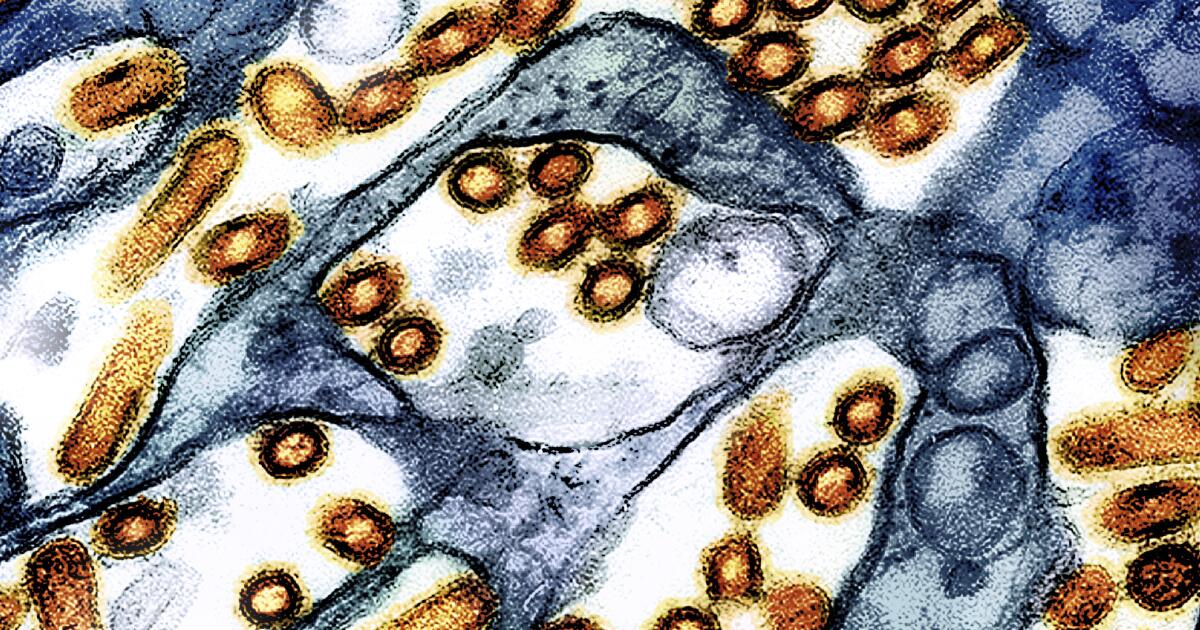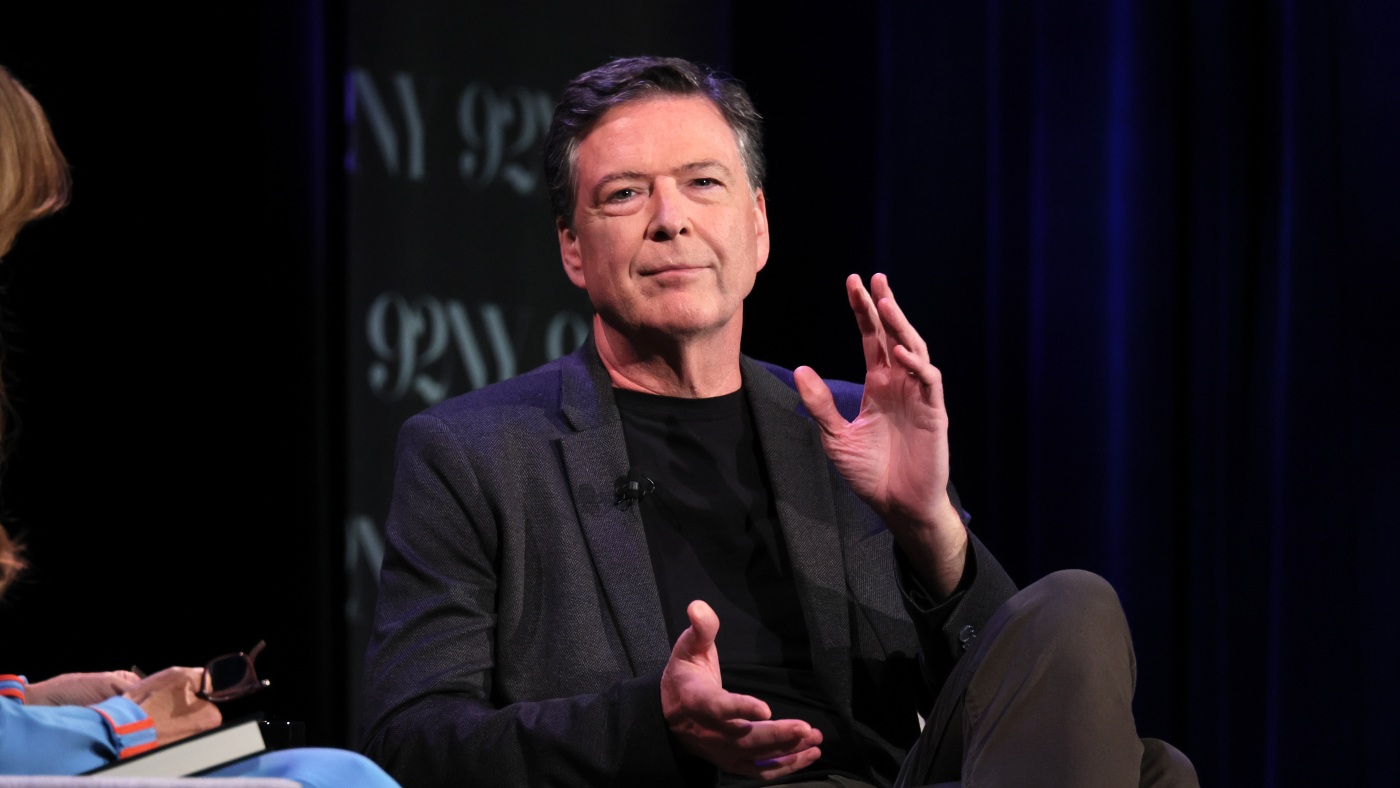Culture
Anthony Richardson details back injury struggles: ‘I couldn’t even stand up’

Indianapolis Colts quarterback Anthony Richardson revealed Wednesday that he’s been dealing with a lower back issue that “might be chronic.”
The second-year pro was ruled out for last week’s game against the New York Giants due to back and foot injuries, though it’s his back that’s the main problem. Richardson recently underwent an MRI that he said revealed a “disc thing,” and his status for the Colts’ regular-season finale against the Jaguars remains in question.
Colts coach Shane Steichen initially said last week that Richardson was “really sore” before adding after the Giants loss that Richardson was dealing with back spasms. Richardson provided even more detail Wednesday, when he was an estimated “DNP” on the injury report on a day where the Colts didn’t officially practice but held a walkthrough.
“Last week was tough. I couldn’t even stand up on Tuesday, could barely even walk, crawling around the house,” Richardson said. “But I’m here. I’m standing now. If I can do everything in my power to get on the field, I’mma do so. That was my mindset last week as well, but I could barely move.”
Asked if he’s ever dealt with back spasms before, Richardson said “he’s been dealing with stuff like this since eighth grade, but it’s never been this severe.” Richardson said his back issues stem from a “disc thing” that he’s had for a while and it got “triggered” last week.
Richardson said he thought his back pain stemmed from frequently working out and running around, but now that he’s been made aware it’s a disc problem, he’s hopeful that he’ll be able to treat and manage it.
“It might be chronic, but there’s plenty of ways to prevent it (from) going on in the future,” Richardson said. “Now that I know what it is, I can find certain ways to stay out of certain positions and just make sure I’m healthy, 100 percent.”
Richardson added that he doesn’t believe he’ll need surgery.
“They say it’s not that severe,” Richardson said. “But God willing, I hope it never gets that severe or to that point. I just hope I can just keep playing throughout the rest of my career with no problems.”
Richardson is arguably the most athletic QB in NFL Scouting Combine history, which is a big reason the Colts selected him with the No. 4 pick in 2023 despite just 13 starts at Florida. However, Richardson has missed three games this season and 16 games through his first two NFL seasons due to shoulder, back and oblique injuries, as well as a concussion.
The 22-year-old was also benched for two games this season because he wasn’t focused enough during his preparation, according to Steichen. Richardson has gone 3-2 as the starter since returning to the starting lineup, and he’s 6-5 this season. He’s thrown eight touchdowns against 12 interceptions, and his 47.7 completion percentage ranks last in the NFL. Richardson has also scored six rushing touchdowns.
Richardson said he’s aware of the critics, many of whom have labeled him injury-prone, and that they have a right to their opinion since he’s missed a significant amount of games. He added that all he can do is work hard and try his best to be available in the future.
“Hopefully, next year — or this week coming up if I’m able to go – hopefully, I don’t miss any games and I can just stay healthy and just play,” Richardson said.
Required reading
(Photo: Luke Hales / Getty Images)

Culture
Which Notable Book of 2025 Should You Read? Let Us Help You.

We’ve released our list of 100 Notable Books. (You can read it in full here!) Browsing a list of 100 books is exciting, but can be overwhelming. Want to find one to read right away? We can help! Here is a cheat sheet to the list, broken into categories. Clicking a book cover will take you to the full review.
Let’s ease into things. How about a book I can read in a day?
Give me a novel that takes me back in time
Actually, give me a nonfiction book that takes me back in time
I need a crowd-pleaser for my book club — the longer, the better
I’m in the mood to laugh!
I’d like a rich, immersive thriller
I want insight into current events
Are there books that will make me swoon?
How about some fantasy?
I’d like an absorbing memoir or biography
I love family sagas — real or imagined
I like to be scared
I’m hungry!
I want to read about the creative process
Take me somewhere far, far away
I could use a good, cathartic cry
Culture
Can You Identify Lines From These Classic Science Fiction Novels?

Welcome to Literary Quotable Quotes, a quiz that tests your recognition of memorable lines. This week’s installment highlights lines from notable 20th-century science fiction novels. In the five multiple-choice questions below, tap or click on the answer you think is correct. After the last question, you’ll find links to the books if you want to experience the entire work in context.
Culture
Do You Recognize These Past Winners of the National Book Award?

Welcome to Lit Trivia, the Book Review’s regular quiz about books, authors and literary culture. In honor of the National Book Awards presented by the National Book Association on Nov. 19, this week’s challenge celebrates winners from the past 20 years and asks you to identify a title by a short description of the work. In the five multiple-choice questions below, tap or click on the answer you think is correct. After the last question, you’ll find links to the books if you’d like to do further reading.
-
Business1 week ago
Fire survivors can use this new portal to rebuild faster and save money
-

 World1 week ago
World1 week agoFrance and Germany support simplification push for digital rules
-

 News1 week ago
News1 week agoCourt documents shed light on Indiana shooting that sparked stand-your-ground debate
-

 Science4 days ago
Science4 days agoWashington state resident dies of new H5N5 form of bird flu
-

 World1 week ago
World1 week agoSinclair Snaps Up 8% Stake in Scripps in Advance of Potential Merger
-

 World1 week ago
World1 week agoCalls for answers grow over Canada’s interrogation of Israel critic
-

 Politics1 week ago
Politics1 week agoDuckworth fires staffer who claimed to be attorney for detained illegal immigrant with criminal history
-
Business1 week ago
Amazon’s Zoox offers free robotaxi rides in San Francisco



























